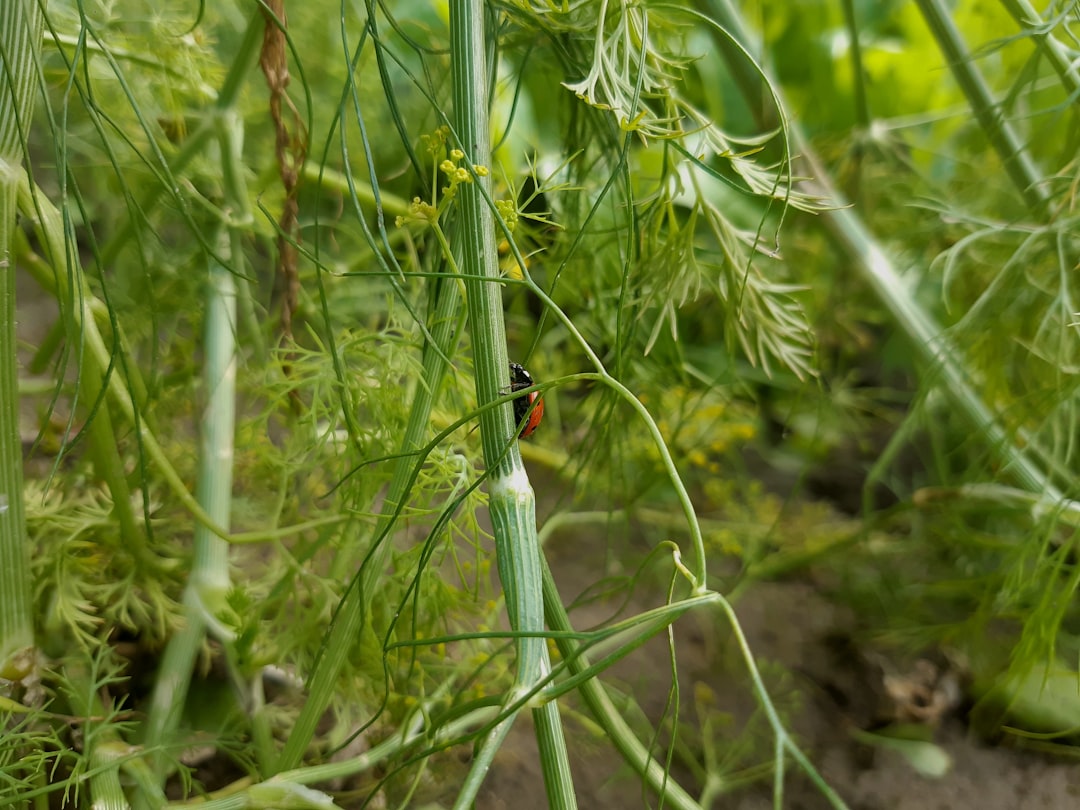Pests have always been a challenge for farmers, gardeners, and livestock owners. They not only threaten yields and productivity but can also lead to significant economic losses. Effective pest management hinges on one critical factor: early detection. By identifying pest issues at their onset, you can minimize damage, reduce reliance on chemical interventions, and ensure healthier ecosystems. In this post, we will explore why early detection is essential and the most effective monitoring techniques for farms, livestock, and gardens.
Why Early Detection Matters
- Minimized Damage: Early detection allows intervention before pests proliferate and cause widespread harm.
- Cost Efficiency: Preventative measures and early treatments are often more affordable than dealing with a full-blown infestation.
- Reduced Chemical Use: By catching pests early, you can limit or even eliminate the need for broad-spectrum pesticides, fostering a more sustainable environment.
- Healthier Ecosystems: Managing pests early helps maintain the balance of beneficial organisms, reducing unintended consequences of pest control measures.
Monitoring Techniques for Farms
Agricultural pests can range from insects and rodents to diseases caused by fungi or bacteria. Monitoring techniques for farms include:
- Field Scouting: Regularly inspect crops for signs of pests such as holes in leaves, discoloration, or visible insects. Note patterns and severity.
- Sticky Traps: These traps attract and capture flying insects, providing insights into their population levels.
- Pheromone Traps: Used to monitor specific pests, pheromone traps attract insects by mimicking their mating signals.
- Soil Sampling: Regularly test soil to detect larvae or nematodes that could affect root systems.
- Remote Sensing Technology: Drones and satellite imagery can help identify stressed crops, often an early indicator of pest infestations.
Monitoring Techniques for Livestock
Livestock are vulnerable to a variety of pests, including ticks, flies, and mites. Early detection in this context involves:
- Physical Inspections: Regularly check animals for visible signs of pests or irritation, such as excessive scratching or skin lesions.
- Environmental Monitoring: Pay attention to the cleanliness of pens, barns, and pastures, as dirty or damp environments can attract pests.
- Fly Traps: Deploy fly traps in and around barns to monitor and reduce fly populations.
- Blood Tests: Periodic blood tests can detect diseases transmitted by pests before symptoms manifest.
- Behavioral Observation: Changes in animal behavior, such as restlessness or reduced feeding, can be early indicators of pest issues.
Monitoring Techniques for Gardens
Gardens, whether for flowers or vegetables, are not immune to pest challenges. Effective monitoring strategies include:
- Visual Inspections: Regularly inspect plants for signs of chewing, discoloration, or pest presence.
- Companion Planting: Grow pest-repelling plants alongside vulnerable species to naturally deter infestations.
- Trap Crops: Plant sacrificial crops that attract pests, diverting them away from your main plants.
- Mulching: Mulch not only retains soil moisture but can also suppress pests like weeds and soil-borne insects.
- Handpicking: For small gardens, physically removing pests like caterpillars or beetles can be an effective solution.
Combining Technology with Traditional Methods
The integration of technology has revolutionized pest monitoring. Tools like mobile apps and IoT (Internet of Things) devices can provide real-time data on pest activity. For instance:
- Digital Scouting Apps: These apps allow you to log observations and receive recommendations for pest management.
- IoT Sensors: Sensors placed in fields can monitor environmental conditions like humidity and temperature, which influence pest behavior.
- AI and Machine Learning: Predictive models can analyze historical data and environmental factors to forecast pest outbreaks.
Conclusion
Early detection is the cornerstone of effective pest management. By employing regular monitoring techniques tailored to your farm, livestock, or garden, you can address issues before they escalate. This not only protects your yields and animals but also contributes to a healthier and more sustainable environment. Remember, a proactive approach to pest management today can save you from significant challenges tomorrow.

Comments
No comments yet. Be the first to comment!
You must be logged in to comment. Login